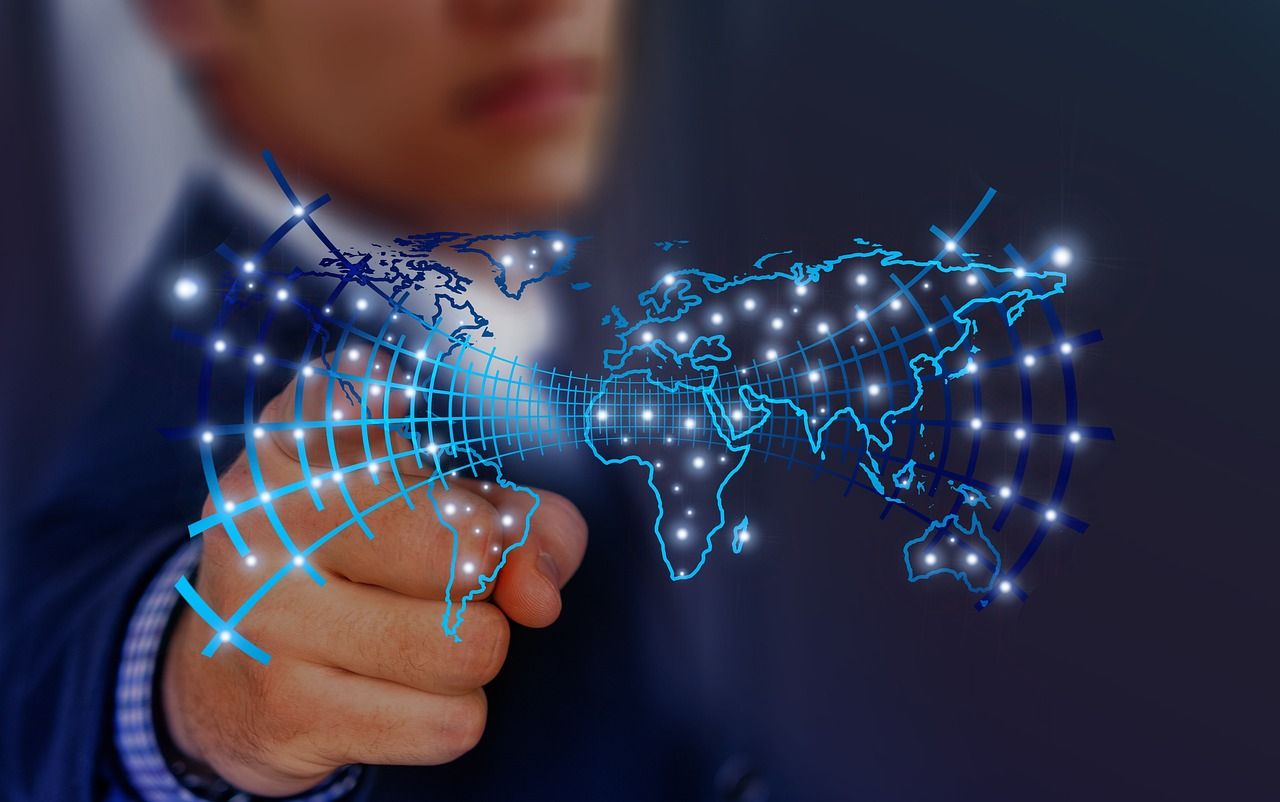- The adoption of artificial intelligence tech threatens the livelihoods of millions of global workers.
- There's an urgent need to consider the steps to mitigate job displacement from automation.
Artificial intelligence (AI) could displace 800 million jobs (30% of the global workforce) by 2030. That’s according to a new BanklessTimes.com report. The site holds that increased AI adoption will greatly impact people’s lives and their ability to make a living in the years ahead.
According to BanklessTimes CEO,
BanklessTimes CEOAI is gaining traction in many industries as automation can simplify mundane tasks and help companies become more efficient. But it also threatens jobs traditionally done by humans. Machines can analyze data faster, making them ideal for repetitive jobs involving crunching numbers or sorting items. For instance, some businesses are using bots as customer service agents.
The CEO holds that as AI capabilities increase and become more widespread, there’s an urgent need to assess its effects on the global workforce. Further, we must consider steps to prevent displacement due to automation. He concludes that the impact of AI on employment will vary depending on location, sector, and job type.
So What Are the Negative Impacts of AI?
As already stated, AI-driven automation will likely result in significant job losses across sectors. Soon, bots and AI algorithms could render many workers redundant. This could have a severe economic impact on the affected individuals, communities, and entire countries.
Massive unemployment could lead to increased poverty and wide income inequalities in the affected areas. And in turn it could trigger social unrest and accompanying vices like crime.
Again the rising demand for AI-powered solutions will lead firms to shift their focus from investing in human resources toward automation. This trend will likely continue, creating a massive gap between available job opportunities and those who can fill them.
Furthermore, automation might reduce incentives for companies to invest in training and upskilling efforts for existing employees. That will leave them ill-equipped for future technological challenges or labor market adjustments. Additionally, individuals still in employment that need re-training could prove dear.
What Are the Upsides of AI?
The potential impact of AI on employment extends beyond job displacement. By automating tasks previously done by humans, companies can increase efficiency and productivity while reducing costs. That’s an attractive prospect for any business looking to remain competitive in today’s market.
It could also lead to changes in working conditions for those in employment. For instance, bots may replace human labor for specific roles or tasks deemed too dangerous. Such situations may force changes in workplace dynamics between employees and employers.
Moreover, new job opportunities could emerge due to AI-driven automation. Some experts anticipate a growth in tech-related roles, such as software engineers or robotics technicians. Additionally, AI algorithms could enable more accurate decision-making within organizations.
What Should We Do About This Impending Mass Displacement?
The introduction of AI presents both opportunities and challenges for society—the key is capitalizing on the former while minimizing the latter. We need clear policies that promote technological progress without leaving vulnerable members of society behind.
Governments must take decisive action to minimize potential social unrest due to anticipated job losses from automation. They can provide retraining programs for those affected by the shift. Moreover, they can help create new employment opportunities based on technology skill sets such as coding or machine learning algorithms development.
Further, they could offer income support for those who lose their jobs due to automation. Another is incentivizing companies that retain human workers instead of replacing them with machines. Governments could give them tax credits and other targeted waivers for maintaining human labor.
The Role of Employees and Their Employers
There are also steps that workers can also take to mitigate the potential negative impact of AI adoption. These include upskilling themselves in areas where demand is expected to remain high such as data science. Alternatively, they can seek career advice to help them stay ahead of technological trends affecting their livelihood later.
On their part, companies should weigh the potential impacts of AI on their operations now more than ever before. They must assess the benefits of AI and Automation against potential risks related to job loss or reduced wages and benefits for workers left behind in the wake of digital transformation.
Artificial intelligence presents both promise and peril regarding its potential impact on the global workforce. But its trajectory can still be shaped through careful consideration today. This will allow everyone to reap its rewards going forward into a brighter tomorrow powered by smarter machines working alongside us collaboratively rather than against us competitively.













